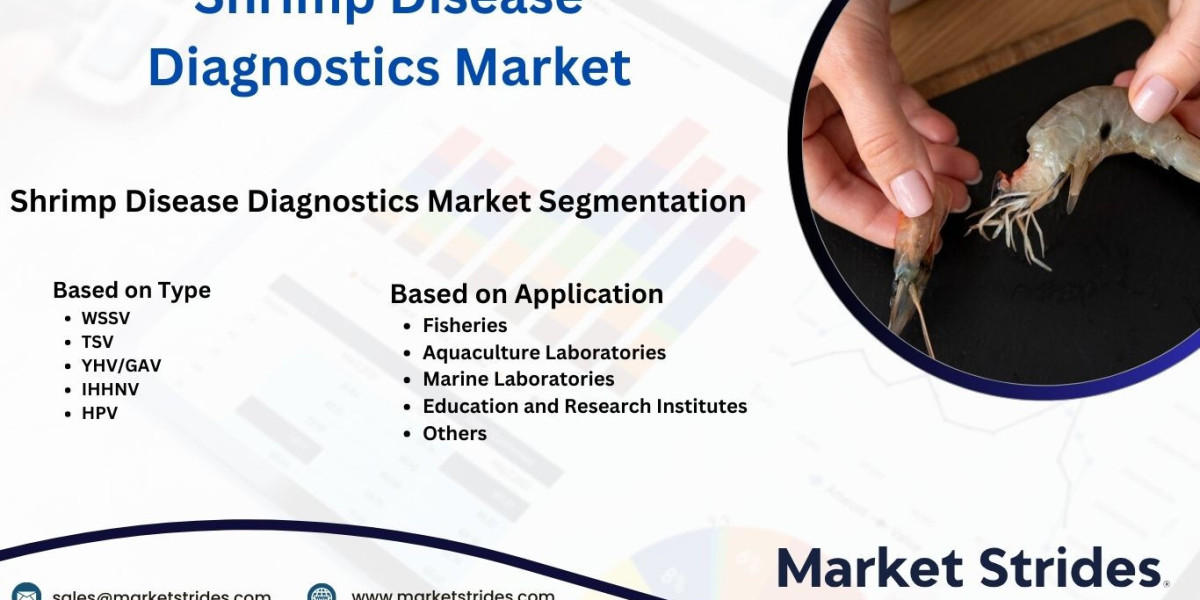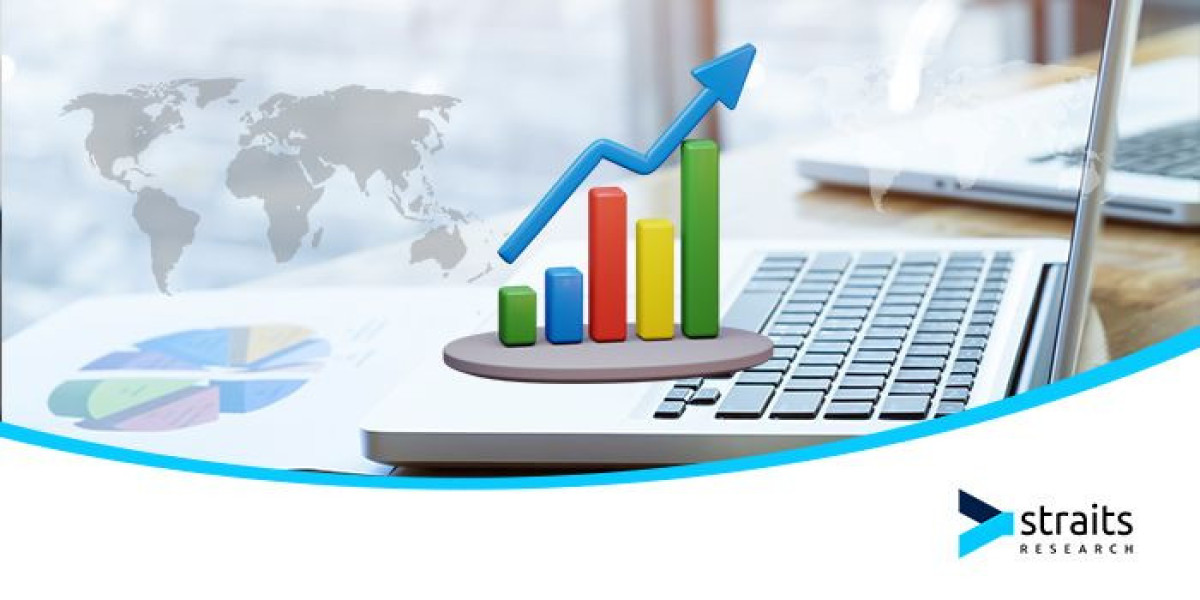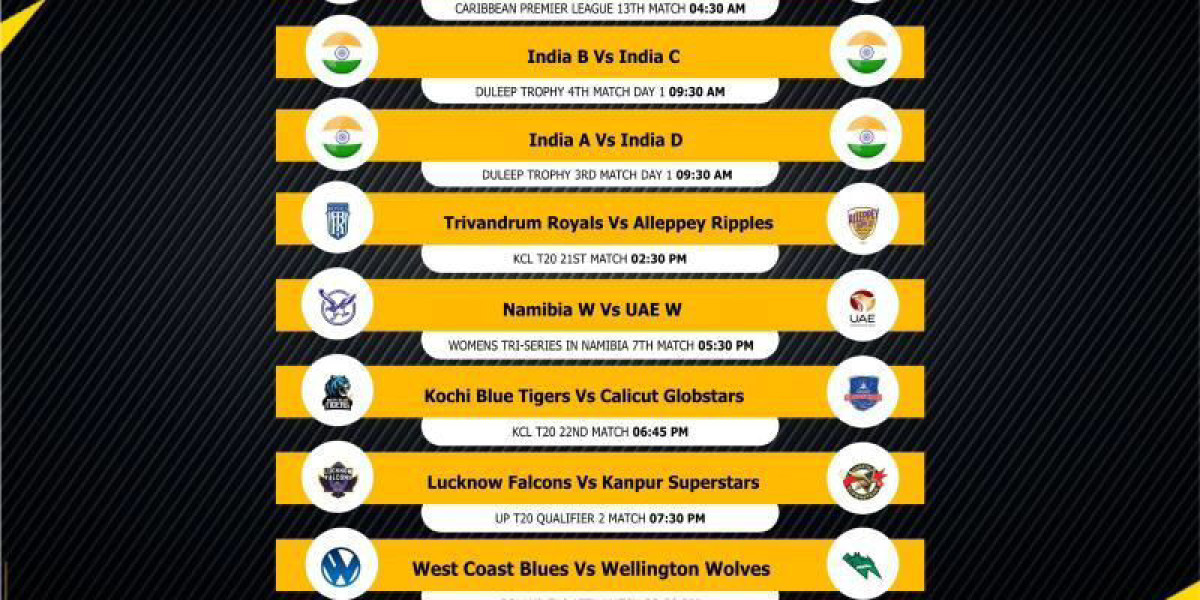Introduction
Event group matching is a term that may sound complex, but it's an essential tool for businesses aiming to maximize their efficiency and accuracy. This process involves aligning related data events into cohesive groups, enabling deeper insights and better decision-making. Sounds fancy, right? It’s also incredibly practical and widely used across industries.
What Is Event Group Matching?
A Detailed Definition
Event group matching is the systematic process of categorizing and aligning events with similar attributes. These events could be clicks, purchases, registrations, or even specific user interactions within a system.
How It Works in Practice
Imagine tracking customer behavior across multiple touchpoints—website visits, email interactions, and social media engagements. Event group matching collects and consolidates these scattered data points to form a unified view.
Real-Life Applications of Event Group Matching
Retail: Combining online and offline purchases for a complete customer journey.
Healthcare: Tracking patient data for accurate diagnoses.
Education: Monitoring student engagement in hybrid learning setups.
Benefits of Event Group Matching
Enhanced Data Accuracy
Merging disparate datasets reduces redundancies and ensures a cleaner, more reliable database.
Streamlined Decision-Making Processes
Unified data provides actionable insights, helping leaders make better strategic choices.
Improved Marketing Campaigns
Targeted marketing becomes easier when you know exactly what your audience is engaging with.
Key Components of Event Group Matching
Data Sources
Your success depends on gathering data from diverse yet relevant platforms.
Algorithms and Tools
Advanced tools like machine learning models can identify patterns humans might miss.
Metrics for Evaluation
Key performance indicators (KPIs) ensure your efforts yield measurable results.
Common Challenges in Event Group Matching
Data Quality Issues
Garbage in, garbage out—if your data is flawed, so are your insights.
Integration Complexities
Combining datasets from various platforms can feel like solving a jigsaw puzzle without all the pieces.
Overcoming Limitations with AI
AI algorithms can streamline the matching process, overcoming human error and inefficiencies.
Steps to Implement Event Group Matching
Defining Objectives
Understand what you aim to achieve—whether it’s improving customer retention or streamlining operations.
Gathering Relevant Data
Identify and consolidate all the data sources you need for analysis.
Using the Right Tools
Select software solutions tailored to your industry and requirements.
Continuous Monitoring and Optimization
Regularly review performance metrics and tweak your strategy for improvement.
Event Group Matching in Different Industries
E-commerce
Enabling personalized shopping experiences by analyzing customer journeys.
Healthcare
Improving patient outcomes through unified health records.
Education
Enhancing learning strategies by tracking engagement metrics.
Tools and Software for Event Group Matching
Top Software Solutions
Popular tools include Google Analytics, Tableau, and AI-powered platforms.
Features to Look For
Ensure scalability, user-friendliness, and integration capabilities.
Comparing Costs and Benefits
Don’t just consider the price—think about the long-term ROI these tools can deliver.
Best Practices for Event Group Matching
Regular Data Audits
Keep your data accurate by regularly reviewing and cleaning it.
Training Your Team
Ensure your staff knows how to utilize tools and interpret data effectively.
Leveraging Automation
Let automation handle repetitive tasks, freeing up time for strategic decisions.
The Future of Event Group Matching
Emerging Trends
AI and machine learning will continue to drive innovation, making processes faster and smarter.
Role of Artificial Intelligence
AI isn’t just a buzzword—it’s the engine powering the future of event group matching.
Conclusion
Event group matching isn’t just a technical term; it’s a game-changer. By aligning disparate data into actionable insights, businesses can unlock unprecedented opportunities for growth and efficiency. Whether you’re in retail, healthcare, or education, mastering this process can elevate your operations to new heights.
FAQs
What is the primary purpose of event group matching?
To unify and analyze related data points for better insights and decision-making.How can small businesses benefit from it?
By streamlining their marketing, operations, and customer service processes with accurate data.What tools are recommended for beginners?
Tools like Google Analytics and Tableau are user-friendly and cost-effective for starters.How does event group matching improve ROI?
By enabling precise targeting and efficient resource allocation, boosting overall profitability.Can it work across multiple platforms?
Absolutely! With the right integration tools, it can unify data from diverse sources.








